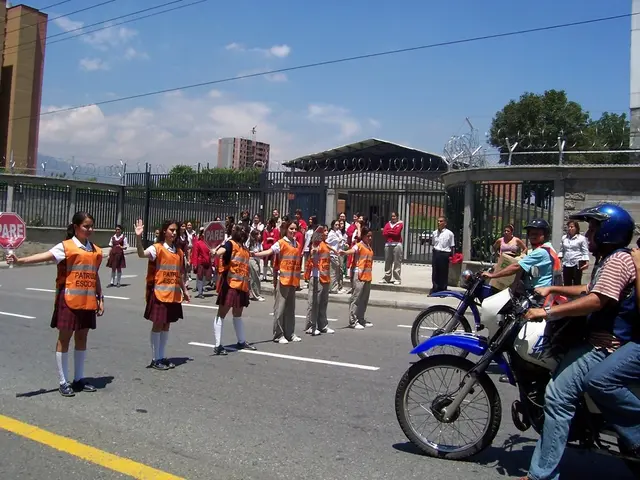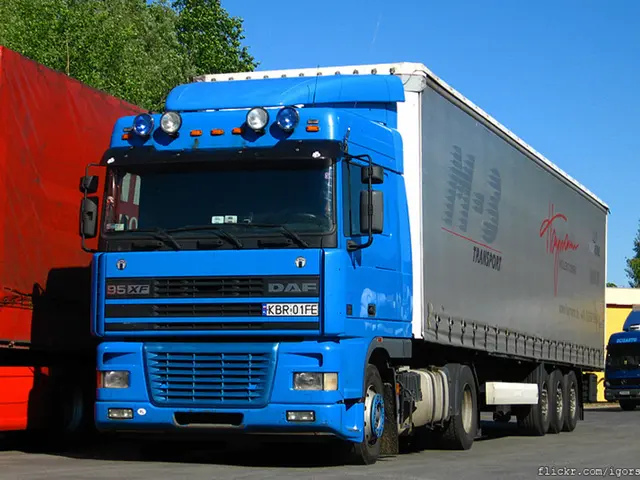Enhancing Public Transportation: Taxis in Thuringia Explore New Service Models
Reimagining Public Transport: Proposed Taxi Models by the Association - Taxi services for regular commuting - Association suggests innovative travel concepts
Thuringia's Transport Business Association has proposed incorporating more taxis into subsidized public transportation services. This initiative could see the deployment of call, shared, or route taxis to bolster mobility offerings, particularly in rural areas and city outskirts.
Martin Kammer, managing director of the state association Thuringia, discussed the possibilities with the German Press Agency (dpa) in Erfurt. According to his statements, there are approximately 800 taxis and around 1,200 rental cars currently on Thuringia's roads.
The Association of Central German Bus Companies has expressed skepticism about the proposals, citing potential high public costs for relatively few passengers. Nonetheless, Kammer believes the economic situation of the taxi industry is stable, owing to contract trips for patient transportation and other specialized services.
To date, only a few taxi models have been used in public transportation in Thuringia. However, Kammer believes that reviewing the regular service network from a cost and service perspective is necessary to determine where buses and taxis should be deployed. Taxis could serve underutilized routes, take passengers to transportation hubs, or serve areas with infrequent departures.
The transport association, representing around 600 transportation companies, logistics providers, freight forwarders, and taxi and rental car companies, presented a list of demands to federal and state governments in early May. These demands included stronger consideration of taxis and rental cars in future public transportation planning, which could improve mobility in urban fringe areas and rural regions. The industry estimates there are more than 20,000 employees in Thuringia's transport business.
Tilman Wagenknecht, managing director of the Association of Central German Bus Companies, concurs that taxis could be part of revised public transportation plans in certain regions. He envisions sensible solutions in feeder traffic for fast bus connections in rural areas. However, Wagenknecht emphasizes the need to maintain transportation costs per person while addressing the limited funding for public transportation.
Already, on-demand transportation services like call buses and call-and-ride taxis exist in some regions. Approximately 100 bus companies operate in regular service in Thuringia.
While the specific models using taxis in Thuringia remain to be detailed, the approach for analyzing and implementing such models effectively involves several considerations: improving cost-effectiveness, integrating taxis with existing services, ensuring flexibility and accessibility, creating a regulatory framework, utilizing technology, addressing public awareness, and collaborating with local authorities. A well-considered integration of taxis into public transportation systems could offer more efficient and flexible transport options to users, potentially enhancing the overall service for commuters in Thuringia.
- In light of the discussion about new service models for public transportation, it would be worthwhile to consider integrating vocational training programs for taxi drivers to ensure they are equipped with the necessary skills for serving diverse passenger needs in the updated system, thereby optimizing the industry's finance sector.
- To further bolster the proposed integration of taxis into public transportation, vocational training programs could extend to related industries like transportation logistics, allowing taxi drivers to provide ancillary services such as freight forwarding or ride-sharing, thereby offering a more holistic community policy approach to transportation.








